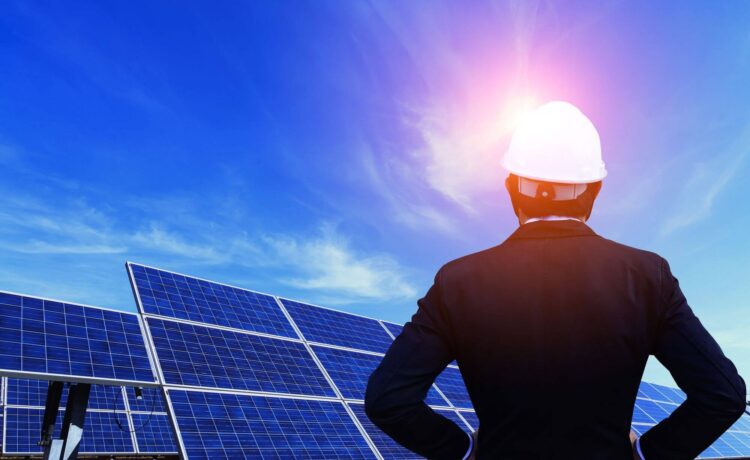Businesses that are thinking about installing solar panels on their land will need to pay close attention to the coming years. The affordability of materials for solar installation has increased as a result of the prompt settlement of supply-related concerns resulting from the COVID-19 complications.
Additionally, a lot of private companies might be able to lower project costs even more with the help of federal and state grants offered by the Inflation Reduction Act. However, certain solar projects are now more difficult than they were before due to extra legislation expectations from utility companies and associated fields.
Most companies have one straightforward question in the midst of these shifting conditions: Will adding commercial solar panels really save money? How long does it take for those savings to start if they do? Let’s examine the specifics and obtain some accurate responses for 2023 and the ensuing years.
Reduces Monthly Energy Expenses
When the solar installation is operational, and the upfront expenditures have been paid, businesses are curious as to when they might begin to recover their investment.
The amount of electricity your business uses each month is taken into account when estimating potential savings. The industry and geography have a significant impact on estimates, although the average is roughly $500. The size of the installation and its average power production are other important considerations, but for the purposes of this discussion, let’s imagine a large-scale solar project that is intended to supply a significant portion of a business’s energy needs.
According to some research, a company installing such a system might reduce its monthly energy expenses by up to 75%, resulting in an average savings of $125. Some folks compute an appreciably higher average proportion. Even after installation costs, it has been projected that mid- and small-sized firms can save more than $101,000 by switching to solar energy.
Over the course of the solar installation, that comes out to several thousand dollars annually, which is typically sufficient to cover the project’s financing and generate savings in the future.
Storage of Solar Batteries
Despite being more expensive, solar battery storage lowers energy consumption during operation hours. This is crucial information for companies whose power contracts require them to charge more for electricity during peak hours. When rates are higher, boosting solar power output along with battery storage might help reduce costs. When handled carefully, this can result in even greater savings.
Rebates and Promotions
It’s challenging to quantify financial incentives for installing solar panels. Among other things, they differ based on state regulations, are affected by recent legislation such as the Inflation Reduction Act, and have different year-end savings thresholds. While solar-friendly jurisdictions like California might offer immediate cost reductions, many other regions are beginning to catch up.
Your company should be able to save approximately 30%, or perhaps up to 70%, on the cost of a qualified solar installation in the correct situations. Working with a lender, accountant, or financial advisor who is knowledgeable about solar incentives and their occasionally complex legal requirements is a prudent move. They could also help you calculate just how much of the installation work you perform will be reimbursed.
Businesses will save money with solar systems, but there are a few strategies to optimize that savings and pay for the installation as soon as is practical. Before thinking about what an installation could accomplish for you, find out what the solar solutions available in your area have to offer. One excellent place to begin is the National Renewable Energy Laboratory, among many others.















